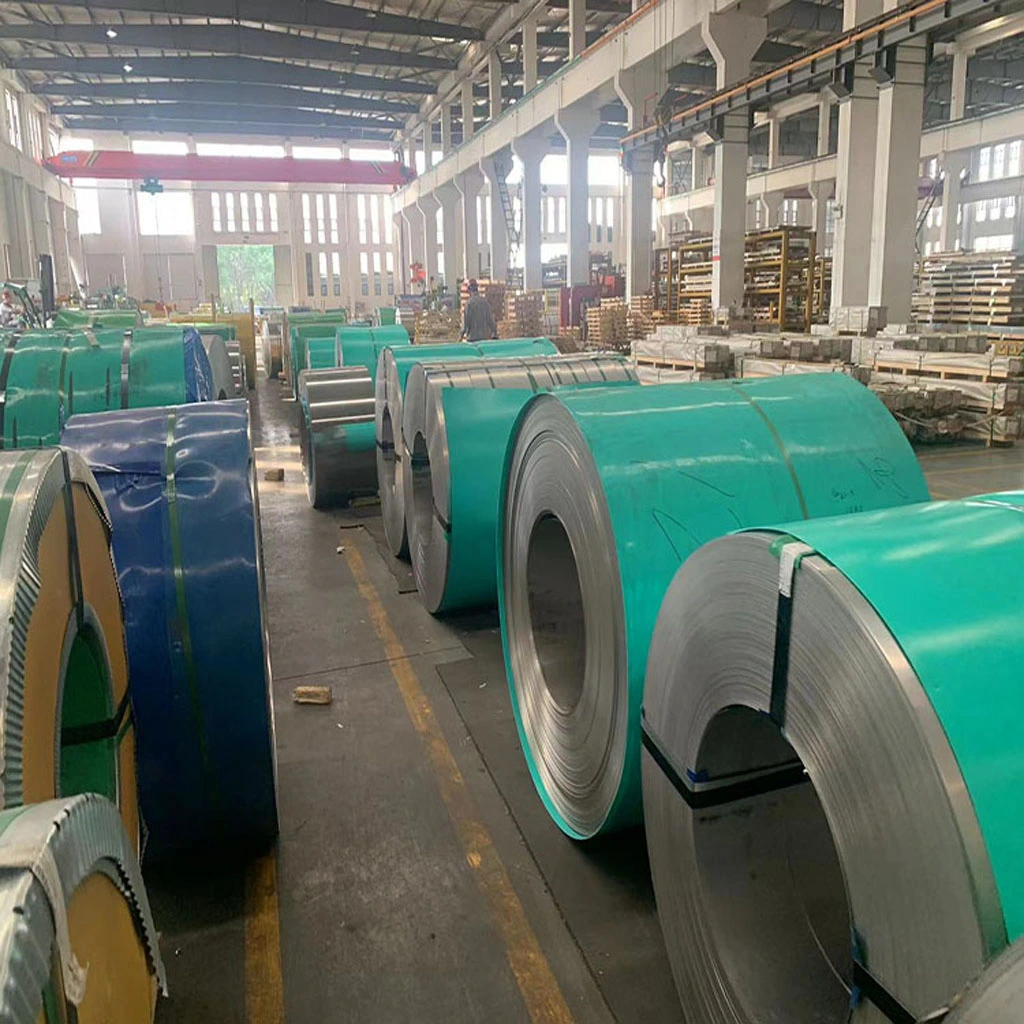What is 410 stainless steel?
2023-07-11
What is 410 stainless steel?
410 stainless steel is a type of martensitic stainless steel known for its high strength, hardness, and moderate corrosion resistance. It belongs to the 400 series of stainless steels and contains approximately 11.5% chromium. This steel is commonly used in applications where corrosion resistance is not the primary concern but where a combination of mechanical properties, such as strength and hardness, is important. Due to its magnetic nature, 410 stainless steel is suitable for applications requiring magnetic properties. It can also be hardened through heat treatment, further enhancing its mechanical properties. Some common uses of 410 stainless steel include cutlery, turbine blades, valve components, fasteners, and pump and compressor parts.
Chemical composition of 410 stainless steel
Carbon: 0.08-0.15%
Manganese: 1% max
Phosphorus: 0.04% max
Sulfur: 0.03% max
Silicon: 1% max
Chromium: 11.5-13.5%
Mechanical Properties (Annealed at 68º F / 20º C):
What are the mechanical properties of 410 stainless steel?
Yield Strength: 42,000 psi (290 MPa)
Ultimate Tensile Strength: 74,000 psi (510 MPa)
Elongation: 34%
What are the physical properties of 410 stainless steel?
Density:
The density of annealed 410 stainless steel is approximately 0.28 lb/in³ or 7.75 g/cm³. Density is a measure of the mass of a material per unit volume. The relatively high density of 410 stainless steel indicates that it is a dense and compact material.
Modulus of Elasticity:
The modulus of elasticity, also known as Young’s modulus, for annealed 410 stainless steel is approximately 29 x 10^6 psi or 200 GPa. The modulus of elasticity is a measure of a material’s stiffness or its ability to deform under an applied load and return to its original shape when the load is removed. A higher modulus of elasticity indicates a stiffer material.
The high modulus of elasticity of 410 stainless steel makes it resistant to deformation under normal loads, contributing to its strength and rigidity. This property is important in applications where dimensional stability and structural integrity are crucial.
It’s worth noting that these physical properties are specific to annealed 410 stainless steel. Different heat treatments or manufacturing processes can alter the material’s physical properties, including density and modulus of elasticity.
What are the characteristics of 410 stainless steel?
Good Corrosion Resistance: While not as corrosion-resistant as austenitic stainless steels, 410 stainless steel exhibits satisfactory resistance to mild atmospheres, fresh water, and some mild acids and alkalis.
High Strength and Hardness: 410 stainless steel is known for its excellent mechanical properties, including high strength and hardness. It offers good wear resistance and can withstand moderate to high stresses.
Magnetic: 410 stainless steel is magnetic, making it suitable for applications where magnetic properties are required.
Hardenability: It can be hardened by heat treatment, allowing it to achieve higher strength and hardness levels. This property makes it suitable for applications that require a combination of strength and corrosion resistance.
Common Applications of 410 Stainless Steel
Cutlery: 410 stainless steel is commonly used in the manufacturing of knives, blades, and other utensils due to its hardness and corrosion resistance.
Steam and Gas Turbine Blades: The high strength and temperature resistance of 410 stainless steel make it suitable for use in turbine blades, where it can withstand high-speed rotation and elevated temperatures.
Valve Components: 410 stainless steel is utilized in valve components, such as valve stems, seats, and bodies, where its mechanical strength and corrosion resistance are important.
Fasteners: It is used for manufacturing fasteners, including screws, bolts, and nuts, due to its combination of strength, hardness, and moderate corrosion resistance.
Pump and Compressor Parts: 410 stainless steel is employed in the production of pump and compressor components, such as shafts and impellers, where its hardness and corrosion resistance are beneficial.
